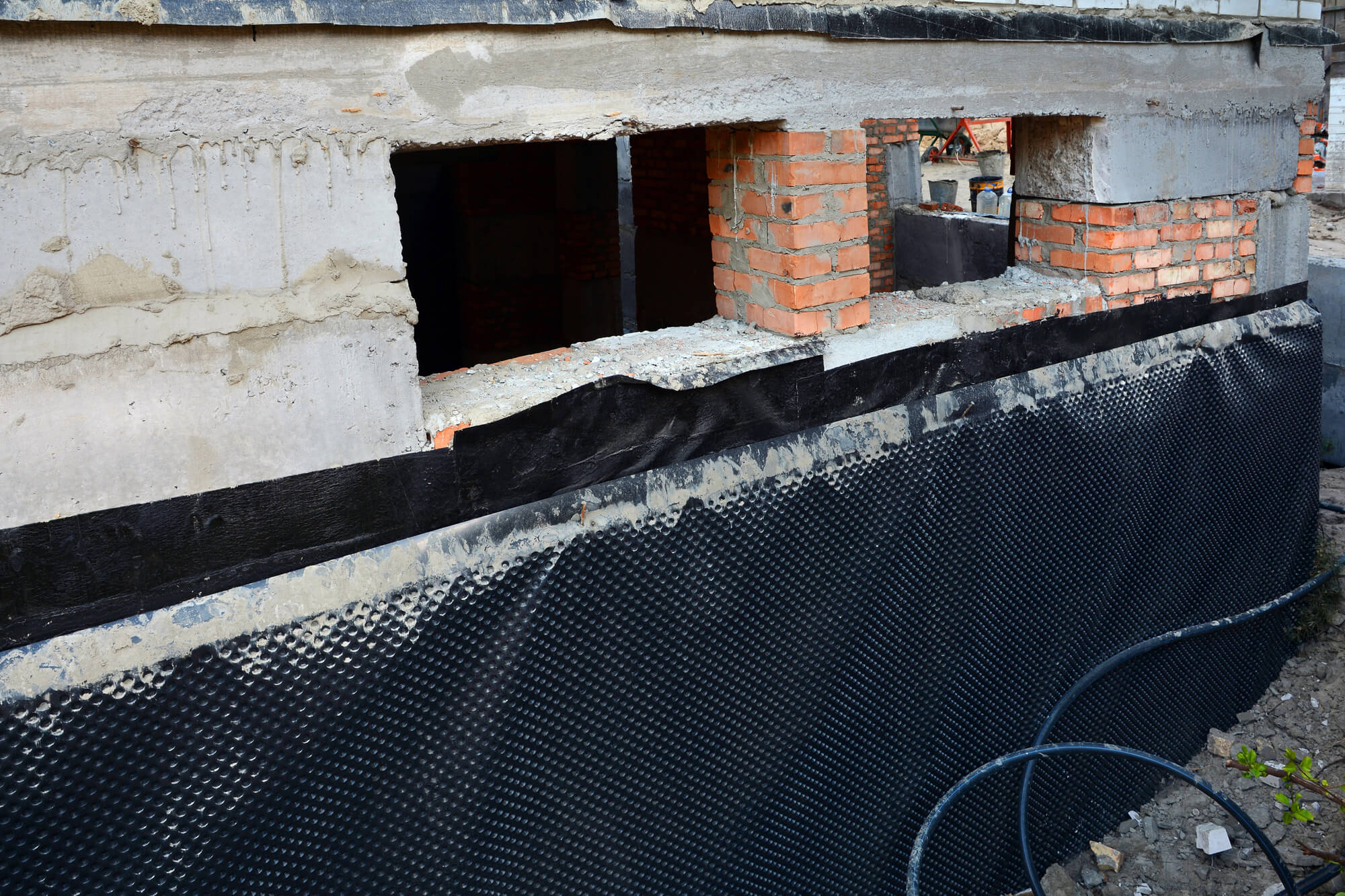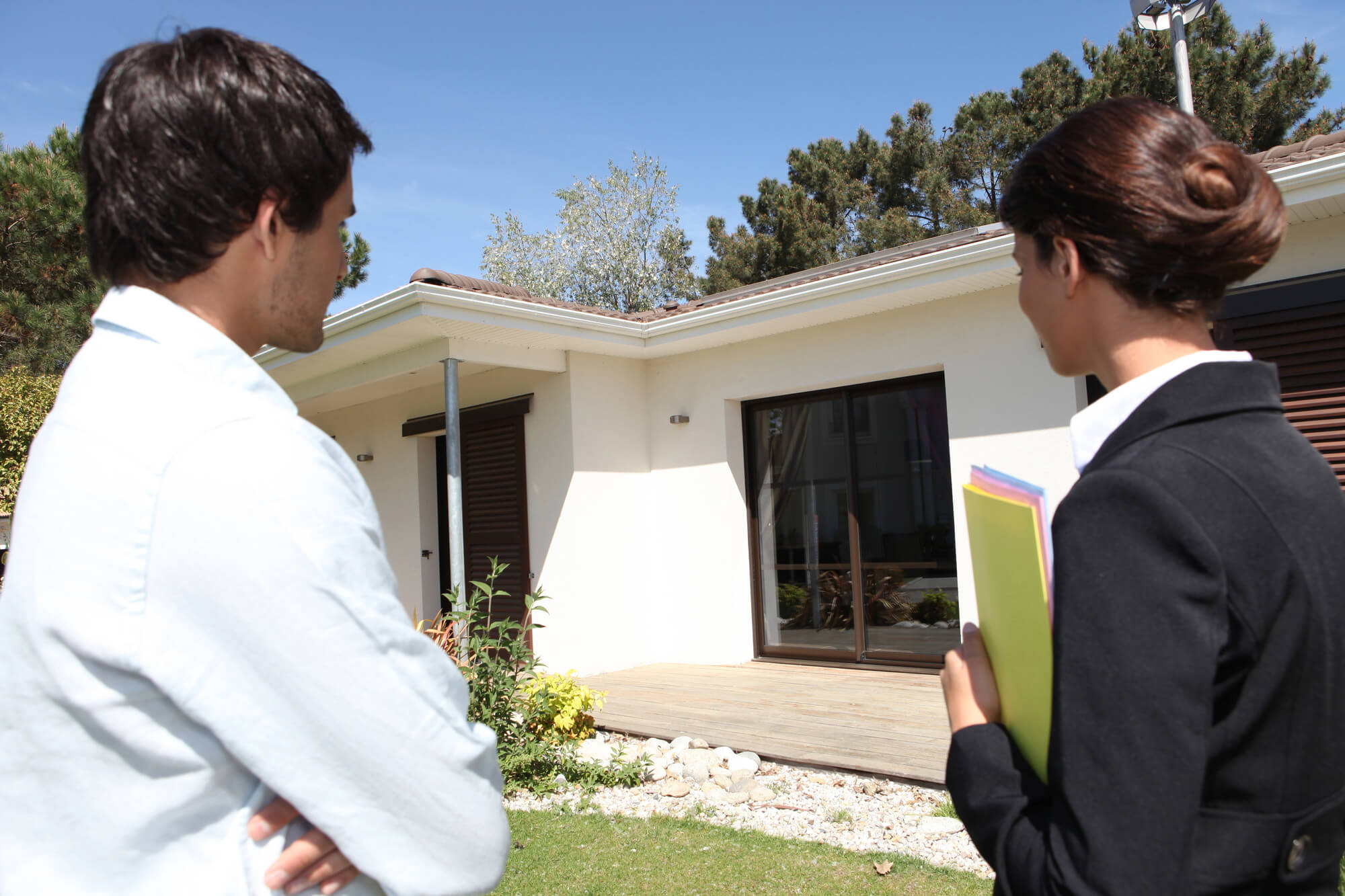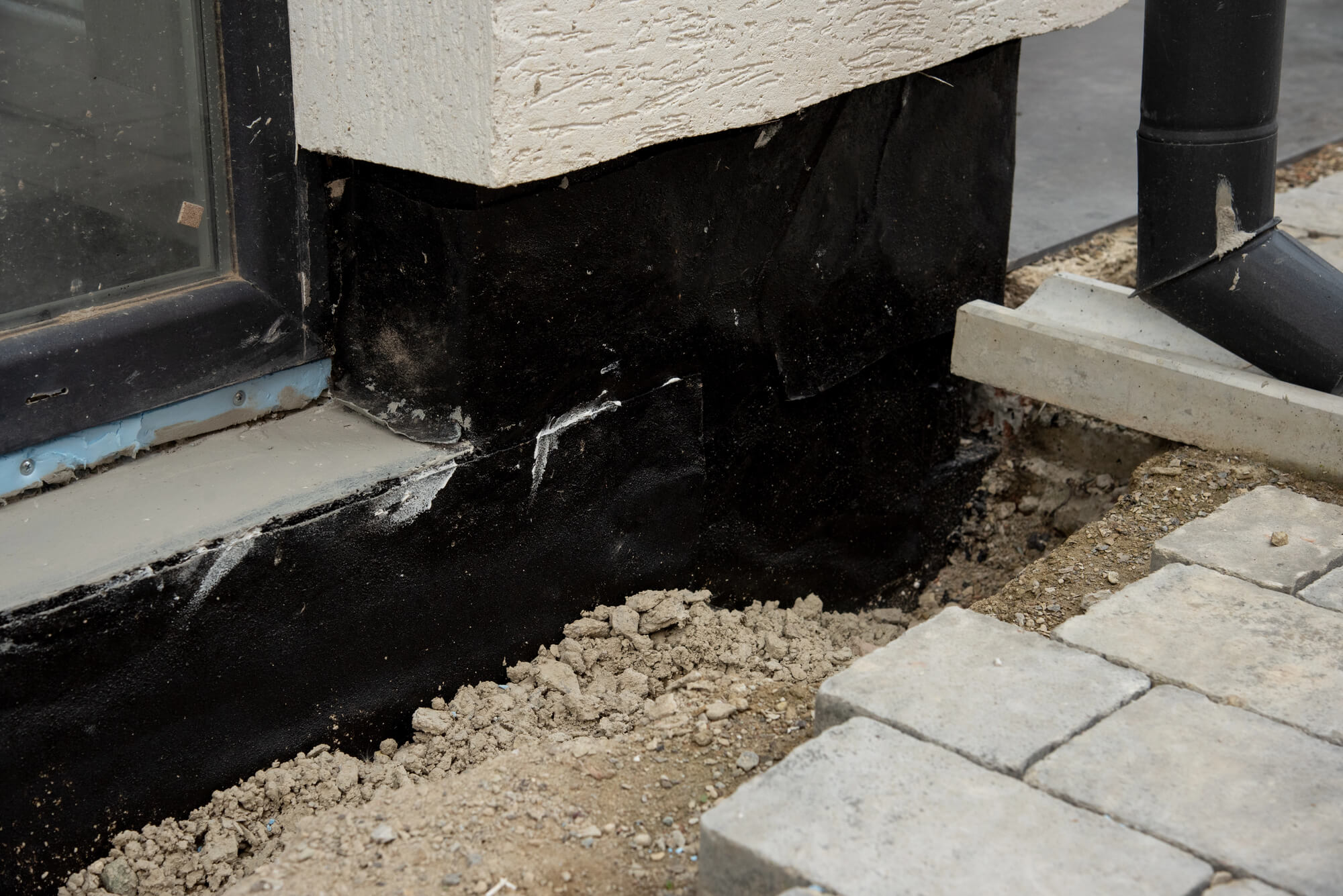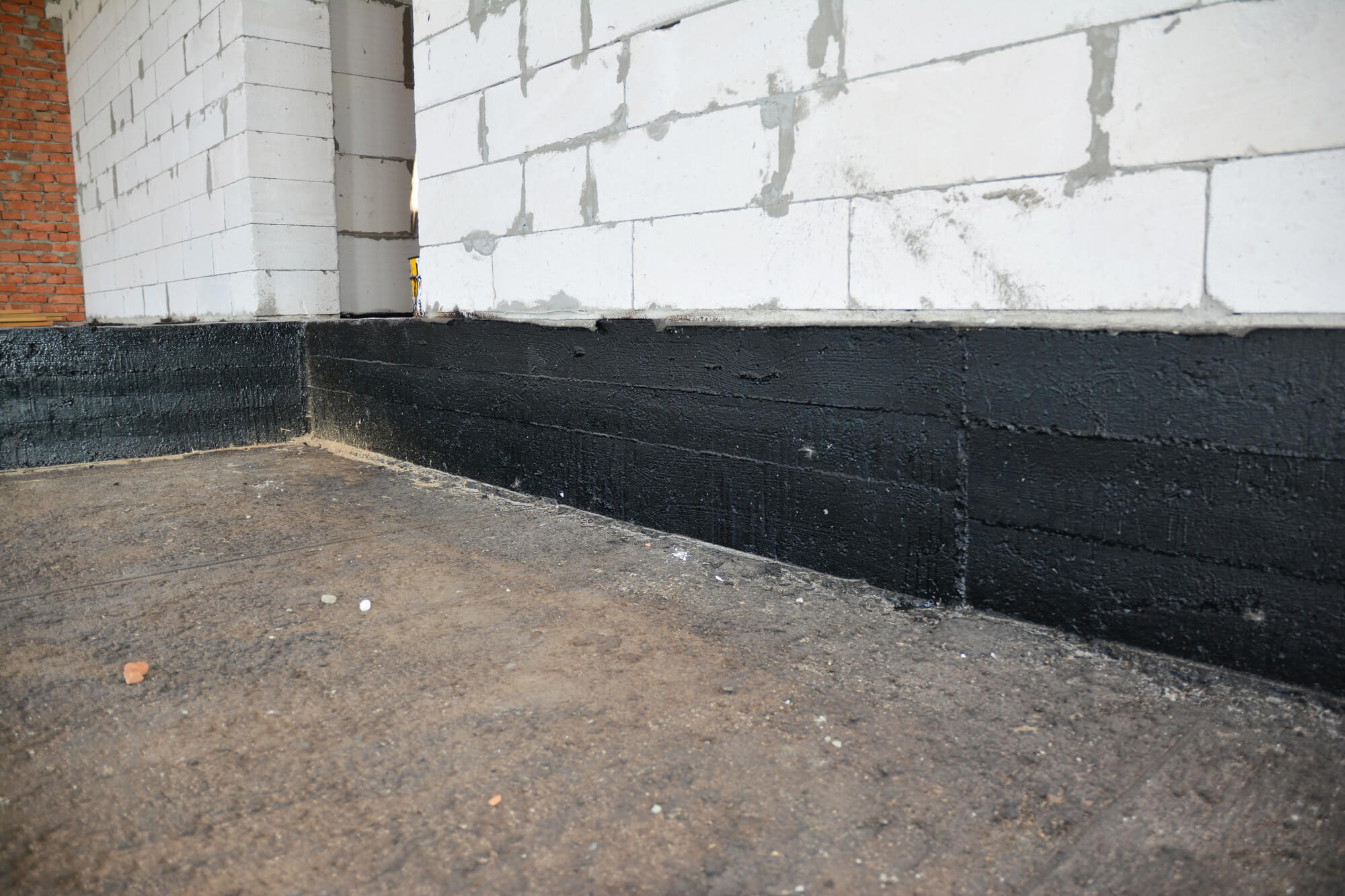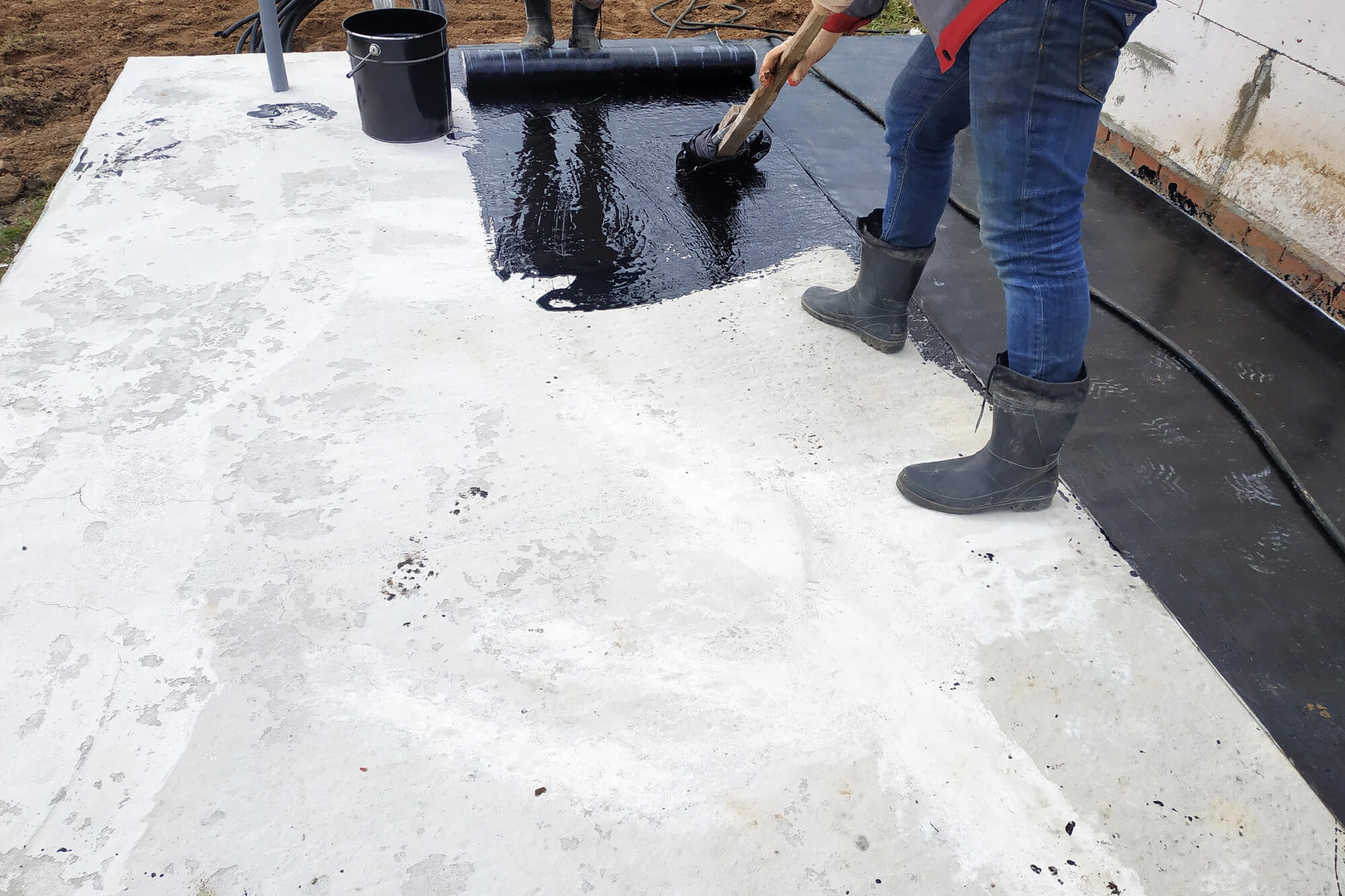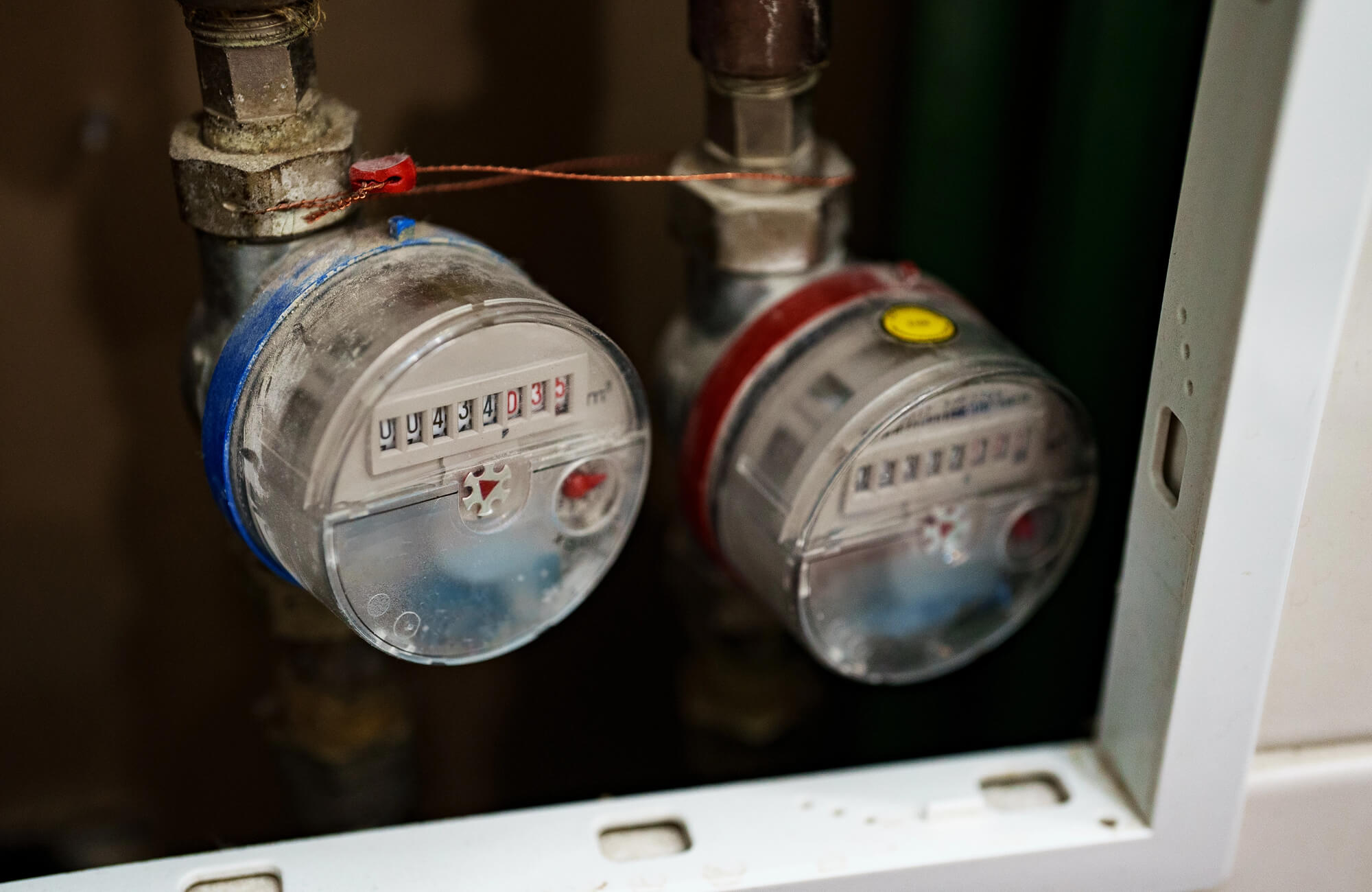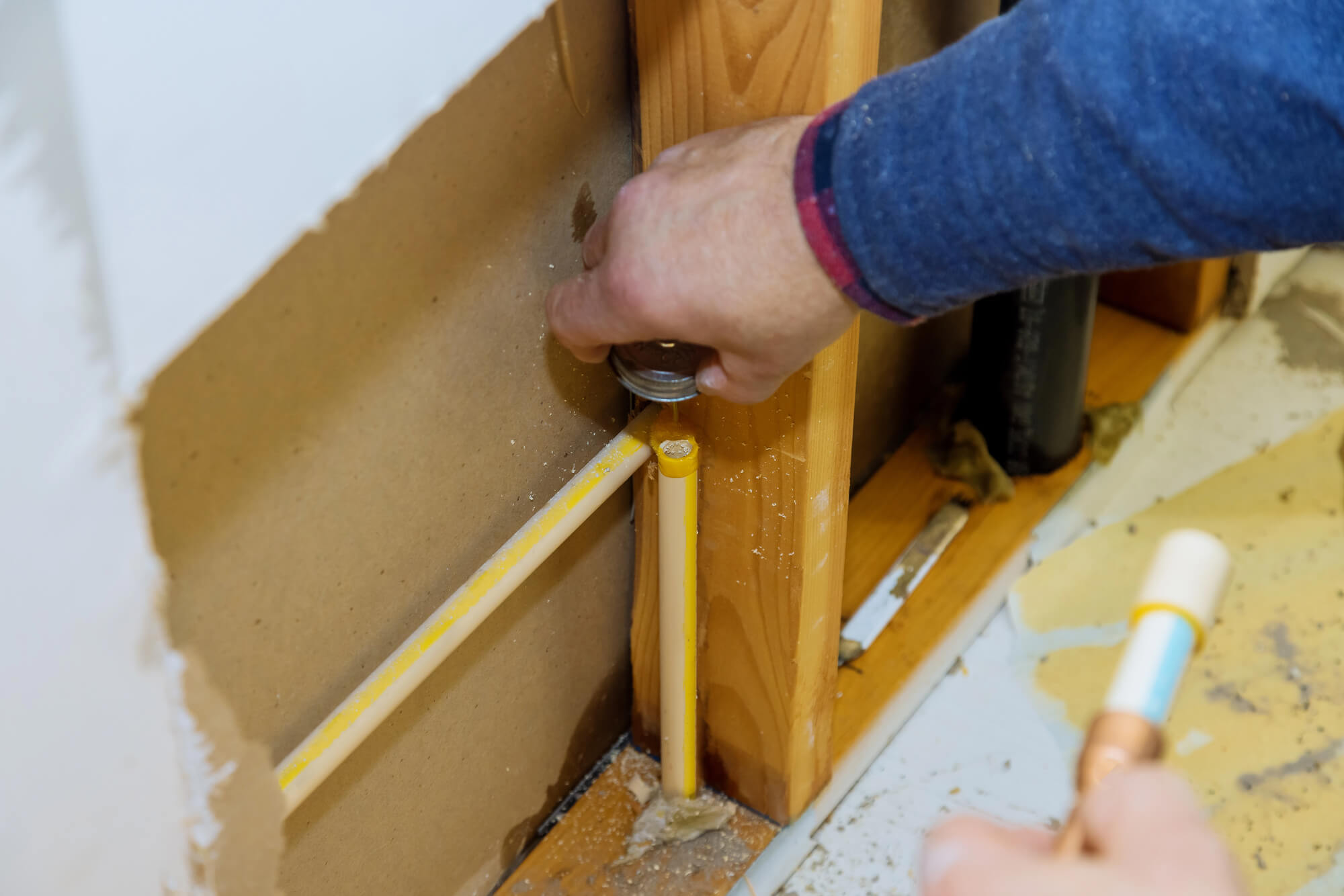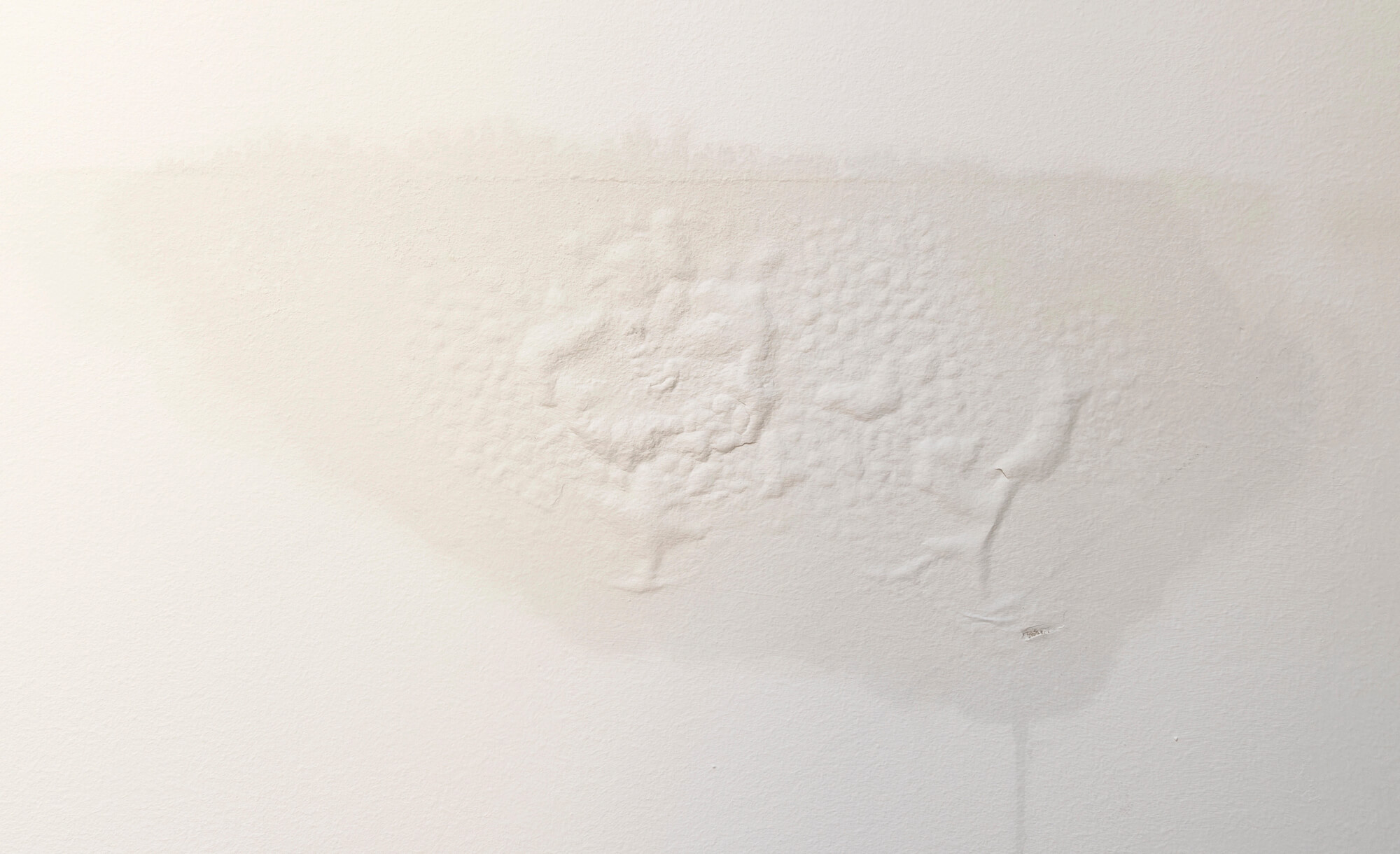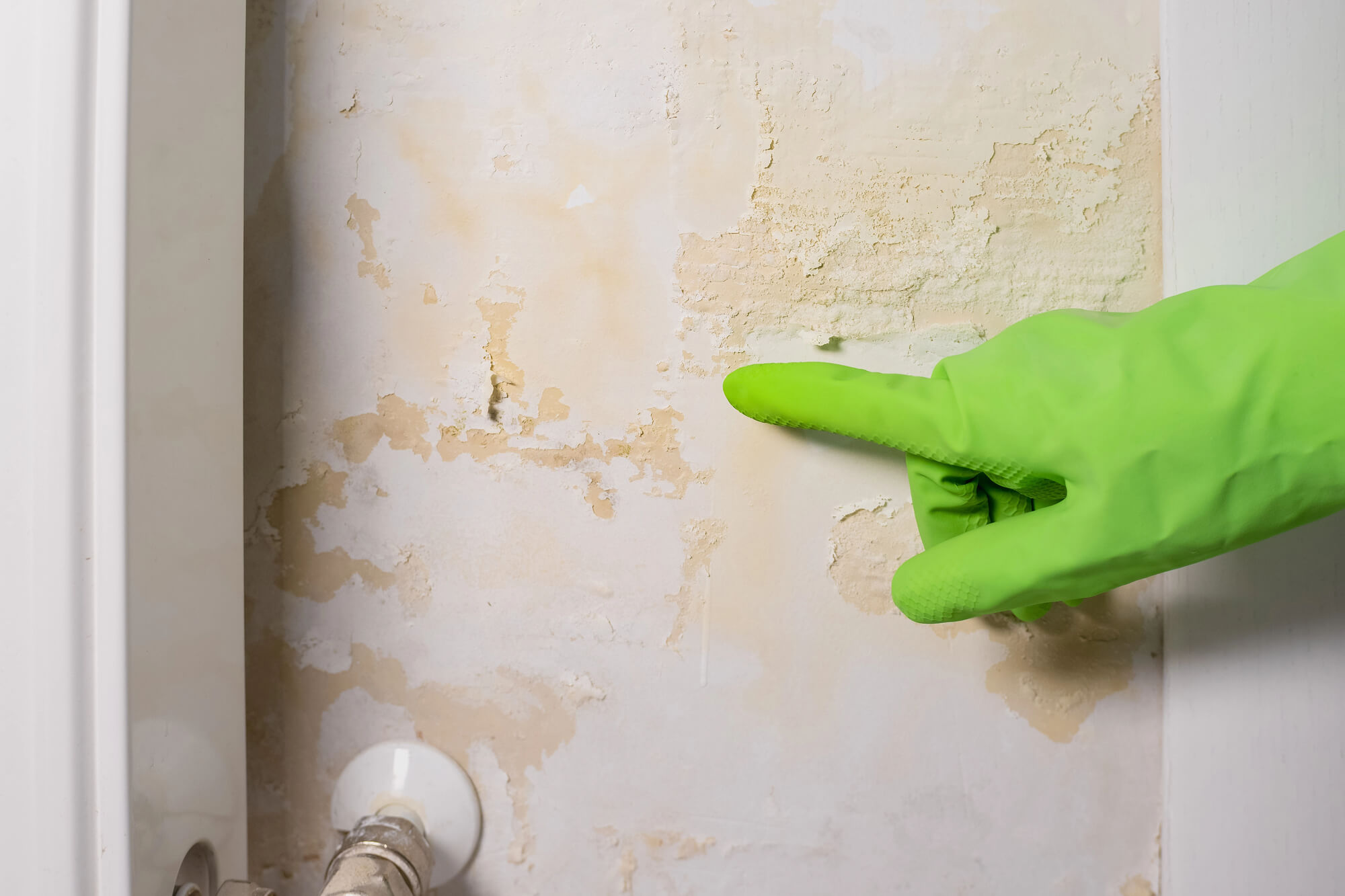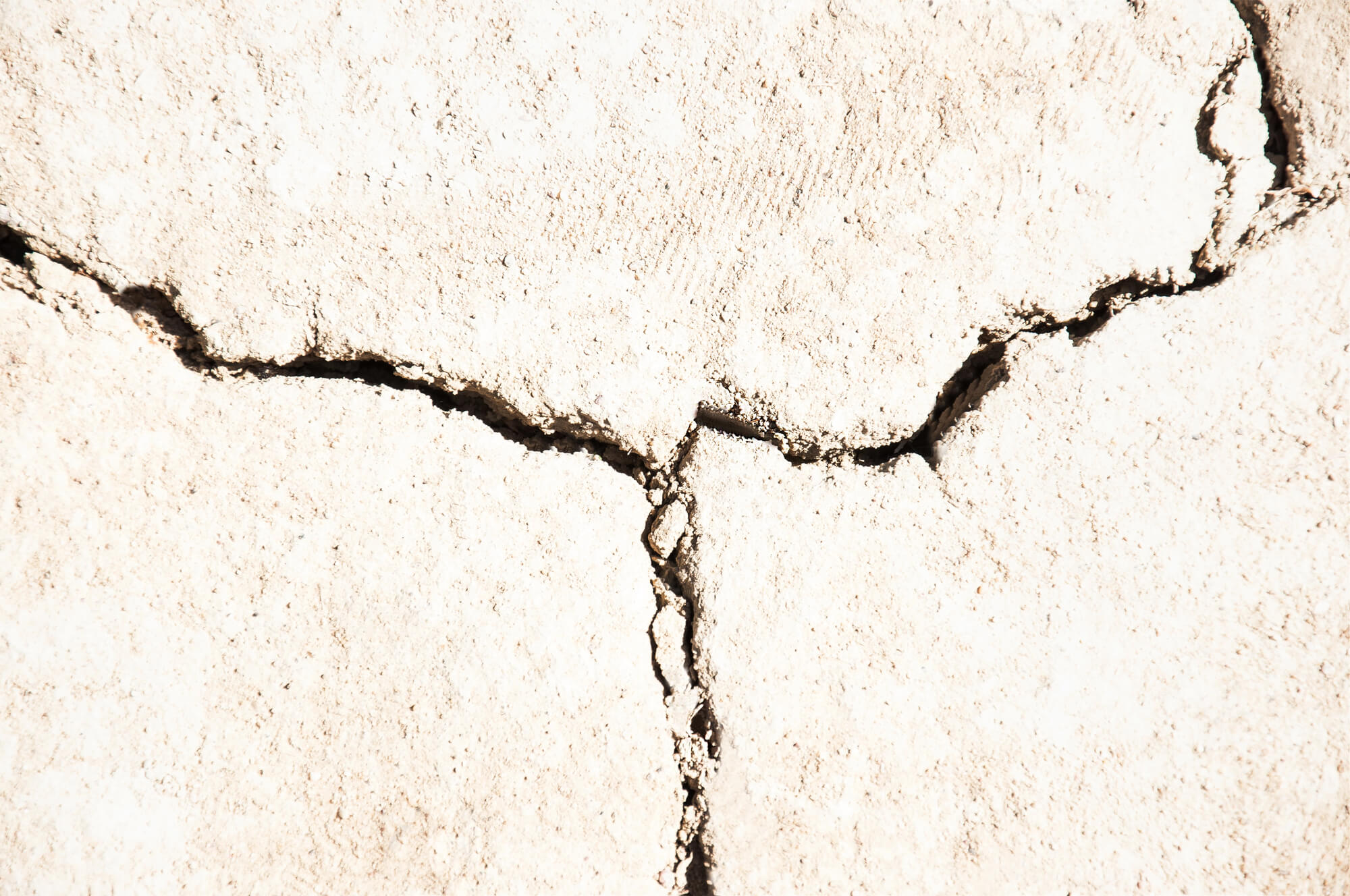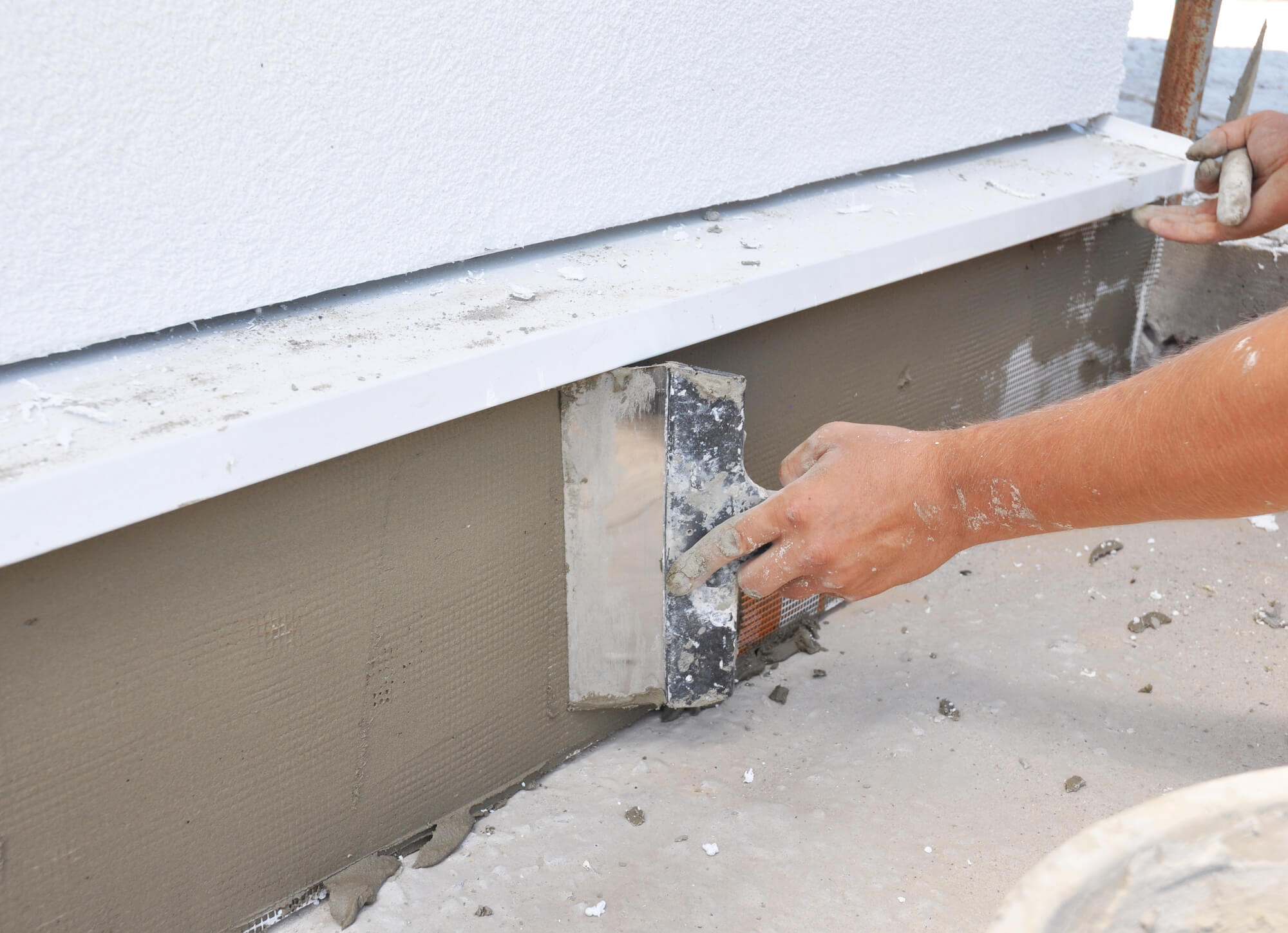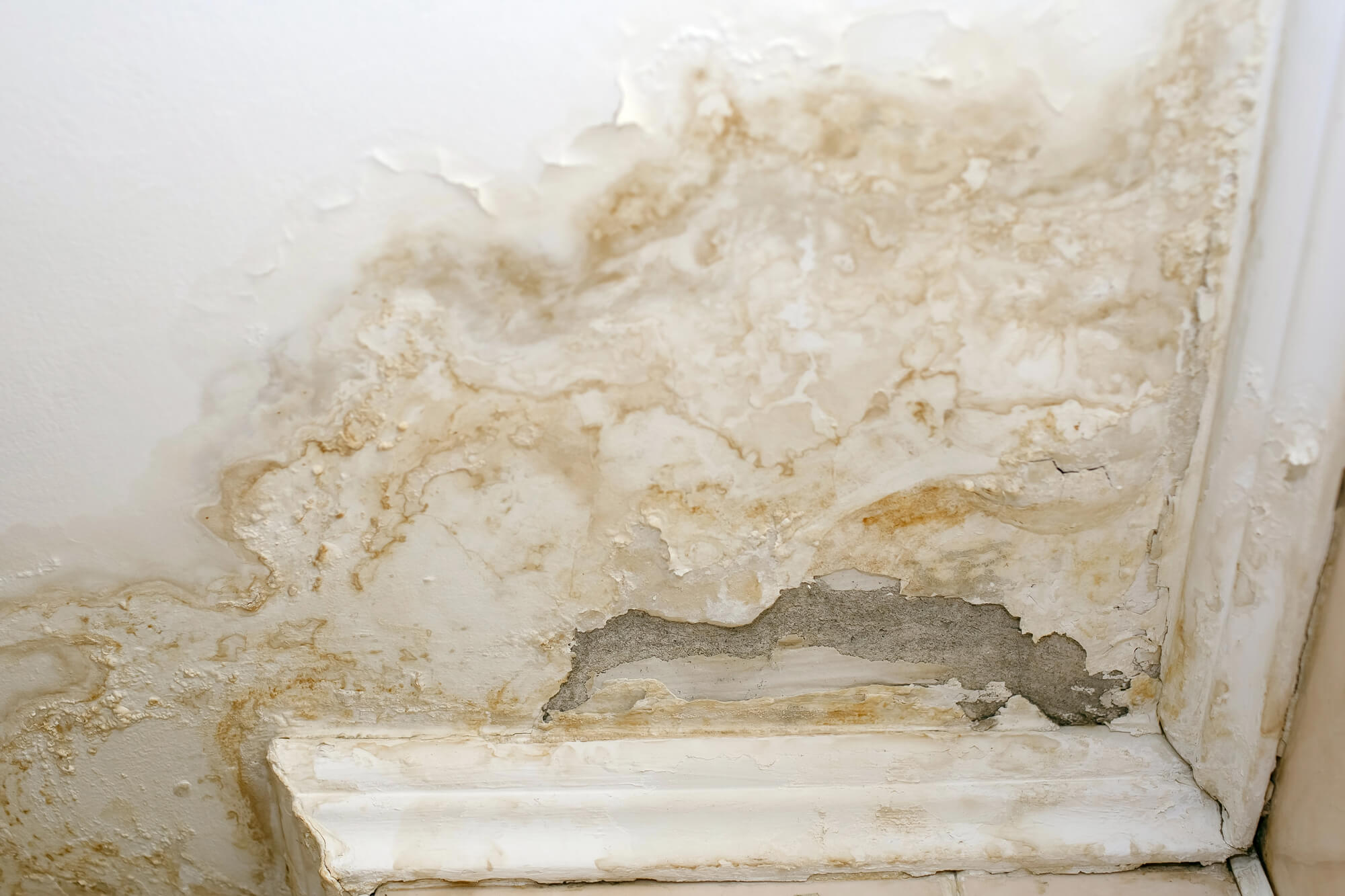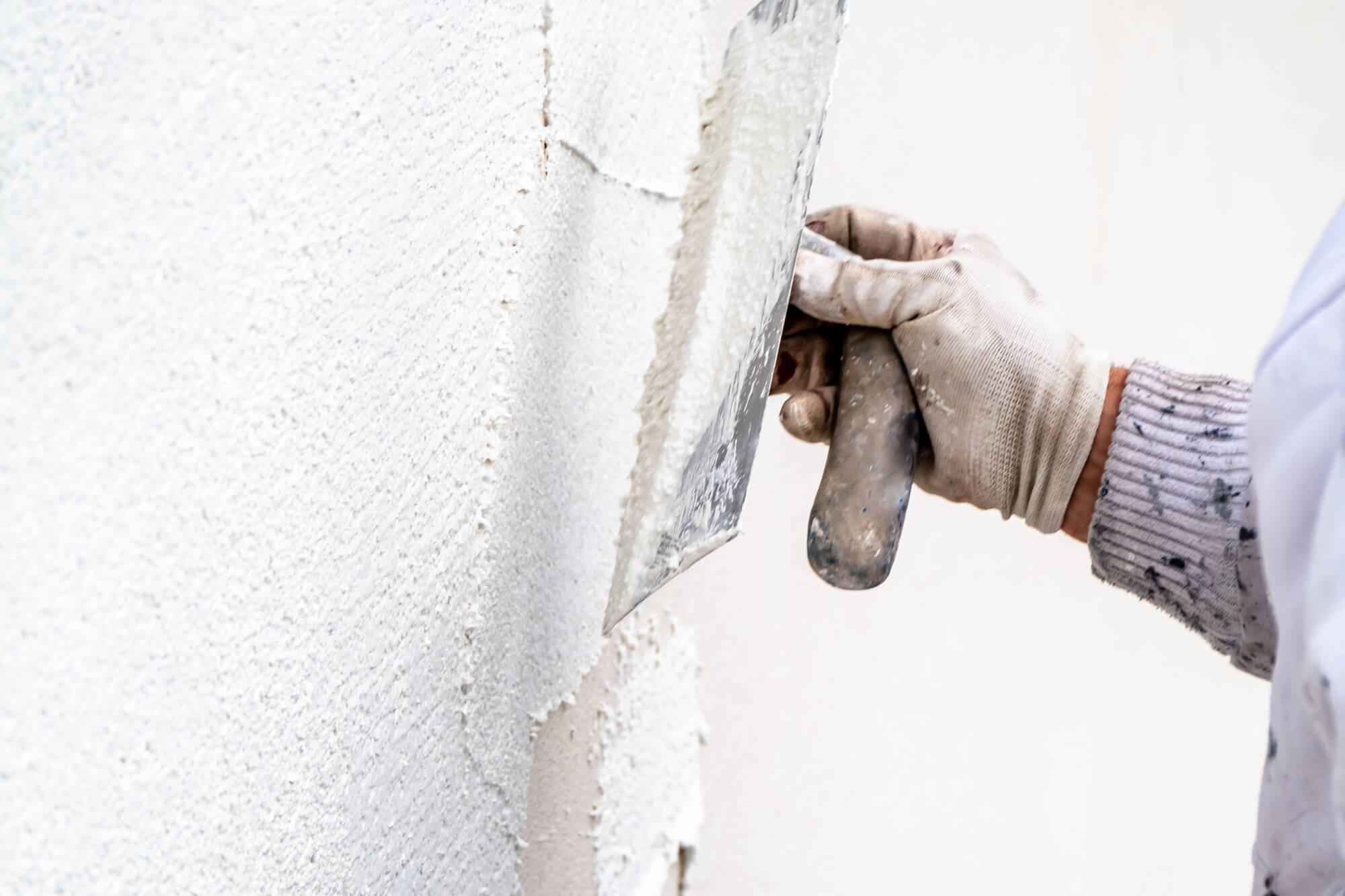When you’re buying a house, the last thing you want to discover during the home inspection process is that the property has foundation issues. But in areas like San Antonio—where clay soil expands and contracts dramatically with changes in moisture—it’s not uncommon for homes to experience foundation problems at some point.
Cracks in walls and floors, uneven foundations, or signs of water seepage can raise serious concerns for buyers, leaving them wondering whether the property is worth saving or if it’s better to walk away. The truth is, not all foundation damage means a dealbreaker. Some issues are minor and repairable, while others indicate serious structural damage that can threaten the safety, stability, and market value of the home.
Spotting the difference can save you from unexpected repair costs, legal complications, and resale headaches down the line. With the help of a qualified foundation inspection by a structural engineer or licensed foundation repair contractor, potential buyers can determine whether repairs such as poly foam injection, installing foundation piers, or regrading for better drainage can restore stability, or if it’s best to move on.
In this guide, we’ll break down what every homeowner and homebuyer should know about buying a house with foundation issues, from the warning signs and repair options to when you should consider walking away.
Why a Solid Foundation Matters When Buying a Home
A solid foundation is crucial for maintaining a safe, stable, and valuable property. Here are the main reasons why a strong foundation matters:
- Structural Stability: The foundation is the base that supports the entire home. Weakness or movement due to soil shifting, drainage issues, or water infiltration can lead to cracks, sagging floors, and even roof misalignment.
- Safety Concerns: Foundation problems can compromise the safety of a home, posing risks to the integrity of the structure and the well-being of its occupants.
- Property Value: Foundation issues can significantly reduce a home’s value, making it less attractive to potential buyers and more challenging to sell.
- Repair Costs: Addressing foundation problems can be expensive. Early detection and repair can prevent minor issues from escalating into costly, major repairs down the road.
- Local Soil Conditions: In regions like San Antonio, expansive clay soil is common. This type of soil expands and contracts, exerting pressure on the foundation and causing differential settlement, which can lead to significant structural damage.
- Impact on Transactions: Mortgage lenders and insurers are often hesitant to finance properties with unresolved structural issues. Even minor cracks or signs of water intrusion can raise concerns about the home’s long-term durability.
- Inspection Importance: A detailed foundation inspection conducted by a geotechnical engineer, structural engineer, or foundation contractor can help buyers understand the extent of potential issues before proceeding with a purchase.
As a buyer, with this knowledge in hand, you can make informed decisions and move forward confidently, or reconsider if significant instability or moisture issues are discovered.
Common Causes of Foundation Problems in San Antonio Homes
Before you can decide whether to invest in foundation repair or walk away, it’s important to understand what causes foundation issues in the first place, especially in Central and South Texas, where natural soil conditions and weather extremes make foundations vulnerable.
- Expansive Clay Soil: San Antonio’s dominant clay soil is notorious for expanding when it absorbs moisture and shrinking during dry spells. This repeated swelling and contracting cycle puts tremendous stress on concrete slabs and pier-and-beam foundations. Over time, it leads to soil movement, differential settlement, and visible cracks in both exterior masonry and interior drywall.
- Poor Drainage and Water Intrusion: Improper water drainage around a home can create excessive moisture near the foundation. Standing water, clogged gutters and downspouts, or sloped landscaping that directs rainwater toward the home can all cause water infiltration, erosion, and sinking foundations. Over time, this moisture also leads to mold, mildew, and deterioration of building materials.
- Plumbing Leaks Beneath the Foundation: Hidden leaks in plumbing lines can saturate the soil under slab foundations, softening the ground and causing uneven pressure points. This may result in cracks, uneven floors, and foundation sinking that requires stabilization through poly foam injection or installing foundation piers.
- Tree Roots and Vegetation: Trees and large shrubs near the foundation absorb water from the soil, creating uneven drying patterns that can lead to foundation damage. This imbalance contributes to soil shifting, foundation cracks, and settlement in nearby structures.
- Poor Construction or Heavy Excavation: Improper compaction during initial construction or subsequent heavy excavation near the home can compromise the soil’s ability to support the structure. Over time, this may cause long-term foundation problems and uneven stress on load-bearing areas.
- Natural Disasters and Severe Weather: Floods, droughts, and even earthquakes can alter the moisture balance in the soil. Extended dry periods cause clay soils to contract, while flooding or poor drainage leads to oversaturation and swelling. Both scenarios can cause serious foundation damage if left unaddressed.
Being informed about these causes helps homeowners and buyers recognize potential risks early on and budget for repair costs before they escalate. In many cases, proactive foundation repair, from improving drainage systems to adding underpinning supports, can restore structural stability and prevent further damage.
Warning Signs of Serious Foundation Damage
Recognizing signs of foundation issues early can make the difference between a manageable foundation repair and a costly rebuild. When touring a property or reviewing the home inspection report, look out for these key warning indicators that could point to differential foundation settlement, drainage issues, or hidden structural damage.
Cracks in Walls, Floors, or Ceilings
Not every crack should spook you out of buying a house. Hairline fissures are often caused by normal settling, but larger structural cracks, especially horizontal or stair-step cracks in brickwork, are warning signs of more serious problems.
- Vertical cracks may suggest normal shrinkage.
- Stair-step or diagonal cracks often result from uneven soil movement or soil shifting.
- Horizontal cracks usually indicate external pressure from water intrusion, drainage failure, or soil expansion.
During a foundation inspection, a structural engineer can measure these cracks to determine whether they’re cosmetic or symptomatic of deeper foundation issues.
Doors and Windows That Stick
If doors and windows are suddenly difficult to open or close, it may be due to frame misalignment caused by foundation movement. Differential settlement can twist or shift the frame, creating gaps and friction points. This seemingly small problem can indicate a serious foundation problem beneath the surface.
Uneven or Sloping Floors
A noticeable slope or sag in the floor is often a sign of foundation damage or sinking. In homes with crawl spaces, weakened joists or rot caused by moisture can also lead to uneven flooring. For slab foundations, shifting soil or poor compaction can create dips that require level engineering or poly foam injection to correct.
Gaps Between Walls, Ceilings, or Floors
As foundations move, separation occurs between building components. You might see gaps near baseboards, windowsills, or at the intersection of walls and ceilings. These gaps can worsen over time and allow water seepage, pests, and debris into the home, accelerating deterioration and moisture damage.
Water Intrusion or Damp Crawl Spaces
Persistent water intrusion, mold and mildew, or a damp crawl space are often linked to poor drainage or plumbing leaks beneath the slab. Beyond creating structural stress, excess moisture encourages wood rot, bacterial growth, and unpleasant odors.
If the home’s crawl space or basement shows visible water stains or rust on support beams, it’s a red flag that the foundation’s environment is no longer stable.
Exterior Clues
Outside the home, look for cracks in exterior masonry, tilting chimneys, or sinking soil near the perimeter. These are strong indications that the ground beneath the foundation is shifting. In severe cases, the structure may appear to lean to one side, suggesting the need for immediate evaluation by a foundation contractor.
If multiple warning signs appear together—such as cracks in walls and floors, sticky doors, and visible sinking—you’re likely dealing with a significant foundation issue that requires professional assessment before finalizing the home purchase process.
The Foundation Repair Methods for Correctable Issues
Finding foundation problems during a home inspection doesn’t automatically mean you should abandon the deal. In many cases, these issues can be corrected through modern foundation repair techniques that restore stability and preserve home value, as long as the damage isn’t too severe or widespread.
A qualified structural engineer or foundation repair contractor can determine which approach is best after a detailed inspection of soil conditions, structural load, and drainage patterns.
Underpinning and Installing Foundation Piers
One of the most reliable repair methods involves installing foundation piers beneath the home to support and stabilize it. These piers are driven deep into the ground until they reach stable soil or bedrock. Once installed, the home can be gently lifted back to its original level, correcting sinking or differential settlement.
This process not only restores balance but also prevents further shifting caused by unstable soil or drainage issues.
Poly Foam Injection (Slab Lifting)
For minor settlement in concrete slabs, poly foam injection, sometimes known as slab jacking, can be a cost-effective alternative to piering. Contractors inject a lightweight expanding foam beneath the slab, filling voids and lifting the concrete back into place.
This method minimizes disruption, reduces repair costs, and works well for driveways, patios, and smaller residential foundations.
Regrading and Installing Drainage Systems
Because water drainage is a leading cause of foundation problems, correcting the landscape slope can help prevent future damage to the foundation. Contractors may consider regrading for better drainage and installing a new drainage system that diverts runoff away from the foundation, such as a French drain.
These upgrades can protect against water infiltration, moisture accumulation, and soil erosion, which are common culprits behind foundation damage.
Waterproofing and Crawl Space Encapsulation
If a damp crawl space or basement is part of the issue, waterproofing measures or encapsulation systems can help alleviate the problem. These seal off the area beneath the home from outside moisture, reducing the risk of mold, mildew, and rot. When paired with improved drainage, this solution strengthens the overall foundation environment.
Structural Crack Repairs
Small cracks in walls or floors can often be sealed with epoxy injections or carbon fiber reinforcements to prevent further movement. However, structural cracks from soil shifting or long-term water damage require deeper remediation that may involve underpinning or pier installation.
, including FHA and VA lenders,
Not every home with foundation damage is a lost cause. Many can be stabilized, repaired, and warrantied for long-term peace of mind. A reputable contractor—such as Above All Foundation Repair—will provide transparent home estimates, full repair documentation, and a warranty that gives buyers confidence their investment is protected.
When Foundation Issues Should Be a Deal Breaker
Even though many foundation problems can be repaired, some types of foundation damage should make potential buyers think twice before signing on the dotted line. Knowing when to walk away can save you from years of financial and structural headaches. Here are situations where the risk outweighs the reward.
Extensive Structural Damage
When a foundation has shifted so severely that the structure is visibly compromised, repairs may not restore it to full safety. Signs include bowed basement walls, collapsed sections of concrete, or wide structural cracks that extend through multiple parts of the home. These kinds of failures often point to deep and widespread instability in the soil beneath the property.
In these cases, the necessary repairs, often involving heavy excavation, complete underpinning, or partial reconstruction, may exceed the home’s market or appraisal value, making the investment impractical.
Recurring Moisture Problems or Poor Drainage Design
If the home has a long history of water infiltration, mold and mildew, or moisture under the foundation, it may indicate systemic drainage issues. This can happen when a property is built on a poorly graded lot or one that channels rainwater toward the foundation instead of away from it.
Even if prior repairs were made, recurring water intrusion or erosion may return without major regrading or the installation of a new drainage system. Unless you’re prepared to significantly re-grade the land and potential future maintenance, it’s often better to walk away from properties with unresolved water management problems.
Lack of Documentation or Warranty
A major red flag during the home-buying process is when sellers cannot provide inspection reports, repair invoices, or warranty documentation for prior foundation work. Reputable contractors always offer repair documentation and a warranty on services such as pier installation or poly foam injection.
Without these records, there’s no way to confirm that the repairs were properly completed or if the same problems might resurface. Lack of transparency increases the risk for homeowners and may also impact resale value later.
Financing Limitations
Even if you’re comfortable taking on repairs, your lender may not be. Mortgage companies, including FHA and VA lenders, require homes to meet specific safety and livability standards. If a home fails the foundation inspection or shows evidence of ongoing foundation problems, the loan may not be approved until all issues are resolved.
This can delay the closing process or make financing impossible, particularly if the seller isn’t willing to make repairs before the sale.
Unstable Soil Conditions
In parts of San Antonio, homes are built on extremely reactive clay soil that expands and contracts dramatically. If geotechnical engineers determine that the site has unstable soil conditions that can’t be corrected with regrading or foundation piers, the home may continue to shift and sink despite prior repairs.
In this situation, it’s typically best to move on rather than risk continuous repair cycles and future instability.
The Role of Foundation Inspections and Structural Engineers
Before making any final decisions, a thorough foundation inspection is essential. A standard home inspection isn’t always enough.
Home inspectors are trained to identify visible warning signs but not necessarily to diagnose the cause or severity of foundation damage. That’s where a structural or geotechnical engineer comes in.
The Difference Between a Home Inspection and a Foundation Inspection
During the home inspection process, a licensed home inspector will look for general signs of distress—cracks, uneven floors, or water damage—but may recommend calling a specialist if something concerning is found.
A foundation inspection, on the other hand, is a more technical assessment performed by a structural engineer or a foundation repair contractor. They’ll measure elevation levels, check for differential foundation settlement, evaluate soil moisture, and identify the root causes of shifting or cracking.
Why You Should Hire a Structural or Geotechnical Engineer
A professional engineer doesn’t just inspect; they diagnose. By understanding soil behavior and load distribution, they can determine whether foundation issues stem from drainage failure, plumbing leaks, or soil instability. Their report helps buyers estimate repair costs and gives lenders confidence that the home’s condition has been properly evaluated.
This documentation is also invaluable for property transactions, as it provides an objective, third-party assessment that can support negotiations or financing decisions.
Partnering with a Trusted Foundation Contractor
After receiving an engineer’s report, buyers should request a detailed estimate from a reputable contractor. Look for local expertise, especially in areas like San Antonio, where expansive clay soils and seasonal droughts cause unique challenges.
A trusted foundation repair company, such as Above All Foundation Repair, will provide transparent home estimates, discuss available repair options like underpinning or regrading for better drainage, and offer a transferable warranty that protects your investment.
Getting Multiple Opinions Before You Decide
If the inspection reveals issues, don’t rely on just one estimate. Different contractors may suggest varying repair methods, ranging from installing foundation piers to polyurethane foam injection, each with different costs and benefits.
Getting multiple opinions ensures that you’re not overpaying and helps you understand which approach offers the most long-term stability for your specific soil and drainage conditions.
A professional foundation inspection can help you distinguish between minor settlement issues and serious structural problems. With the insight from a qualified structural engineer and an honest contractor, you’ll have the clarity you need to make an informed decision about whether to move forward with the purchase—or walk away.
Cost Considerations for Foundation Repairs
Once a foundation inspection identifies problems, one of the biggest questions buyers face is: how much will the repairs cost? Foundation repair costs can vary widely depending on the type and extent of the damage, the soil conditions under the home, and the repair methods used. Understanding these variables can help you make a smart financial decision before finalizing your home purchase.
Factors That Affect Repair Costs
Repair costs are influenced by several factors, including:
- Type of foundation: Slab-on-grade, pier and beam, and basement foundations all require different repair techniques.
- Extent of damage: Minor cracks or drainage adjustments may cost only a few thousand dollars, while severe structural damage that requires underpinning or pier installation can exceed $15,000 or more.
- Soil and drainage conditions: Expansive clay soil, poor water drainage, and long-term water infiltration can complicate repairs and raise costs.
- Accessibility: Homes with tight crawl spaces or extensive landscaping may require extra labor or excavation.
A detailed inspection by a structural engineer or qualified contractor will give you a realistic estimate of what it will take to restore the foundation. Reliable contractors will also provide home estimates that include itemized costs, repair documentation, and clear warranty terms.
Average Repair Costs by Method
While every home is different, here’s a general breakdown of typical foundation repair methods and their cost ranges:
- Poly foam injection (slab lifting): $2,000–$6,000, depending on area size and depth of sinking.
- Installing foundation piers or underpinning: $5,000–$20,000, depending on the number of piers and soil depth.
- Regrading for better drainage or adding French drains: $1,500–$5,000 for moderate regrading and drainage work.
- Waterproofing or crawl space encapsulation: $3,000–$10,000, depending on square footage and severity of moisture problems.
- Structural crack repair and epoxy injection: $500–$3,000 for minor cracks.
These figures are averages, not guarantees. Every foundation issue is unique, and repair costs can increase if additional work, such as plumbing repairs, mold removal, or soil stabilization, is required.
The Value of a Warranty and Professional Documentation
When buying a home that’s undergone foundation repair, always ask for documentation. A trustworthy contractor should provide:
- A transferable warranty covering parts and labor.
- Before-and-after photos of the repair work.
- Engineer inspection reports and repair documentation.
These records protect your investment, give lenders confidence, and provide reassurance during future resale. A home with properly documented repairs and a solid warranty is often easier to sell than one with unresolved foundation issues.
When Repairs Are Worth the Investment
In some cases, investing in foundation repair before or after the purchase makes good financial sense, especially if the rest of the home is in excellent condition or located in a desirable neighborhood. Proper repairs not only restore the property’s stability but also preserve its market value.
If the repairs are reasonable and backed by a professional warranty, it may be smarter to move forward than to walk away from an otherwise great opportunity.
Negotiating Repairs When Buying a Home With Foundation Issues
Foundation issues don’t automatically mean the end of a potential home purchase. In fact, many buyers successfully negotiate repairs, repair credits, or price adjustments to make the deal work. The key is knowing how to use the information from your inspection strategically during negotiations.
Use Inspection Results to Your Advantage
If the home inspection or foundation inspection uncovers problems, use those reports as leverage. A professional engineer’s assessment provides clear evidence of repair needs and estimated costs. You can ask the seller to either:
- Complete the repairs before closing; or
- Offer a credit or price reduction equal to the estimated repair costs.
This approach allows both parties to proceed confidently while ensuring that repairs are handled properly and transparently.
Request Documentation for Any Completed Work
If the seller has already had foundation repairs completed, always ask for the repair documentation, including warranties, engineer evaluations, and contractor receipts. These documents protect you against future disputes and assure your lender that the property has been stabilized by a qualified professional.
Consider an “As-Is” Purchase With Caution
Some sellers may list homes with known foundation damage “as-is,” often at a discounted price. While this can be appealing to experienced investors or buyers who are comfortable managing renovations, it’s essential to budget for potential surprises.
Get multiple repair estimates from trusted contractors before finalizing an as-is purchase. Without understanding the full scope of repairs, the savings could quickly disappear once you take ownership.
Leverage Professional Opinions in Negotiations
Bringing in a structural engineer or foundation repair contractor adds credibility to your negotiations. Their reports carry significant weight with sellers, lenders, and appraisers. Having multiple professional opinions also ensures you’re not overpaying or underestimating the severity of the problem.
Build Flexibility Into Your Market Strategy
For some buyers, negotiating foundation repairs is part of a broader market strategy—especially in competitive real estate areas like San Antonio. A home with minor foundation issues can sometimes sell below market value, allowing room in your budget for professional repairs that ultimately increase resale value later.
When approached wisely, buying a house with foundation issues can be an opportunity rather than a setback.
Walking Away vs. Moving Forward: Making the Right Choice
Deciding whether to move forward or walk away from a home with foundation issues ultimately comes down to balancing risk, cost, and peace of mind. Some foundation problems are routine and easily corrected, while others indicate a much deeper structural failure that will continue to affect the home for years.
- Evaluate the Severity of the Damage: Start by reviewing your inspection report and contractor estimates. If multiple experts identify the same underlying problem, such as expansive clay soil that causes continuous soil shifting or poor grading that leads to repeated water seepage, it may not be a one-time fix. Severe foundation failure often signals ongoing instability that can’t be permanently resolved without major reconstruction.
- Consider Repair Costs: Compare the estimated repair costs against the home’s market value. If the total expense to restore the foundation approaches or exceeds what the home will be worth after repairs, it’s generally safer to walk away. Even if the house seems like a bargain, unexpected repair overruns can quickly erode your savings and turn homeownership into a financial burden.
- Financial Impact: It’s also important to check with your lender early in the home purchase process. Some financial institutions won’t issue loans on homes with unresolved structural damage, so understanding lending requirements upfront can save you from delays or cancellations.
- Think About Future Resale Challenges: Even if you’re willing to take on the repairs, future buyers might not be. Homes with a history of foundation damage often face resale challenges, especially if repair documentation and transferable warranties aren’t available. A repaired foundation with professional inspection reports and warranty coverage is far easier to resell than a home with undocumented or incomplete work. When in doubt, ask your foundation contractor or engineer whether the repairs will restore the property’s structural stability enough to support long-term resale value.
- Weigh the Overall Condition of the Home: If the home’s other systems, like plumbing, electrical, and roofing, are in excellent condition, investing in foundation repairs might still make sense. However, if the foundation problems come on top of major water damage, mold, or outdated infrastructure, the cumulative cost of restoration may not justify the purchase.
Making the right choice is about looking at the big picture. When handled wisely, buying a home with foundation problems can be a smart move; when ignored, it can become an ongoing financial drain.
How Above All Foundation Repair Helps San Antonio Homebuyers
Navigating foundation issues during the home-buying process can feel overwhelming, but having a trusted local expert makes all the difference. Above All Foundation Repair has helped homeowners and real estate buyers across San Antonio make informed, confident decisions about properties with foundation concerns.
Expert Inspections and Honest Assessments
Our team performs comprehensive foundation inspections to identify the root cause of settlement, cracking, or water intrusion. We evaluate factors like soil conditions, drainage systems, and structural stability before recommending any repairs. You’ll receive a transparent home estimate, detailed repair documentation, and a professional explanation of every step in the process.
Proven Repair Solutions
Above All Foundation Repair specializes in the methods San Antonio homes need most: installing foundation piers, poly foam injection, underpinning, and drainage correction. Whether your property has a sinking slab foundation or a damp crawl space, our technicians tailor every solution to local soil conditions and long-term durability.
Protecting Your Investment
Every project we complete includes clear documentation and warranty coverage. This ensures that both current and future homeowners have peace of mind knowing their home’s foundation has been professionally repaired and stabilized. Our goal is not just to fix your foundation but to help you protect your home’s structural integrity and long-term value.
When you work with Above All Foundation Repair, you’re getting local expertise backed by years of experience with San Antonio’s unique soil and weather conditions. We believe in honesty, craftsmanship, and helping homeowners make the best possible decisions before, during, and after a home purchase.
Protect Your Investment Before You Buy
Buying a house with foundation issues doesn’t automatically mean it’s a bad investment—but it does mean you need to proceed with caution and knowledge. Foundation damage can range from a small crack to a major structural problem, and understanding that difference is key to making an informed choice.
If you’re considering buying your dream house in San Antonio and suspect foundation issues, contact Above All Foundation Repair today. Our team provides thorough inspections, detailed estimates, and expert repairs designed to keep your investment safe and secure for years to come.
Let us help you determine whether to move forward with confidence—or walk away knowing you made the right decision.

